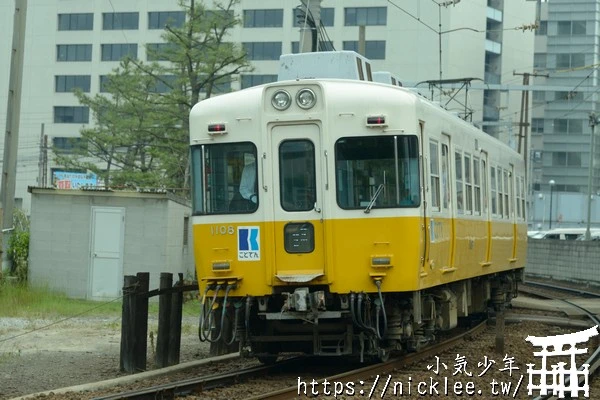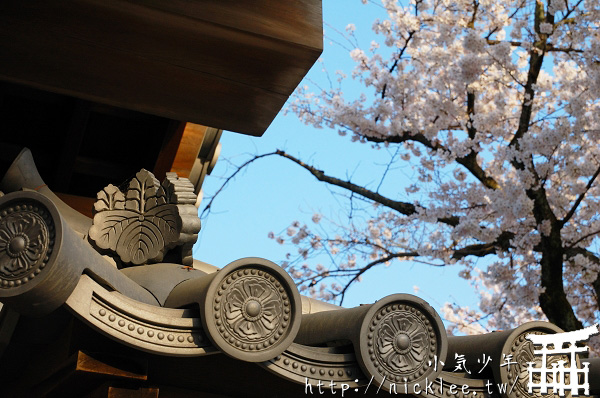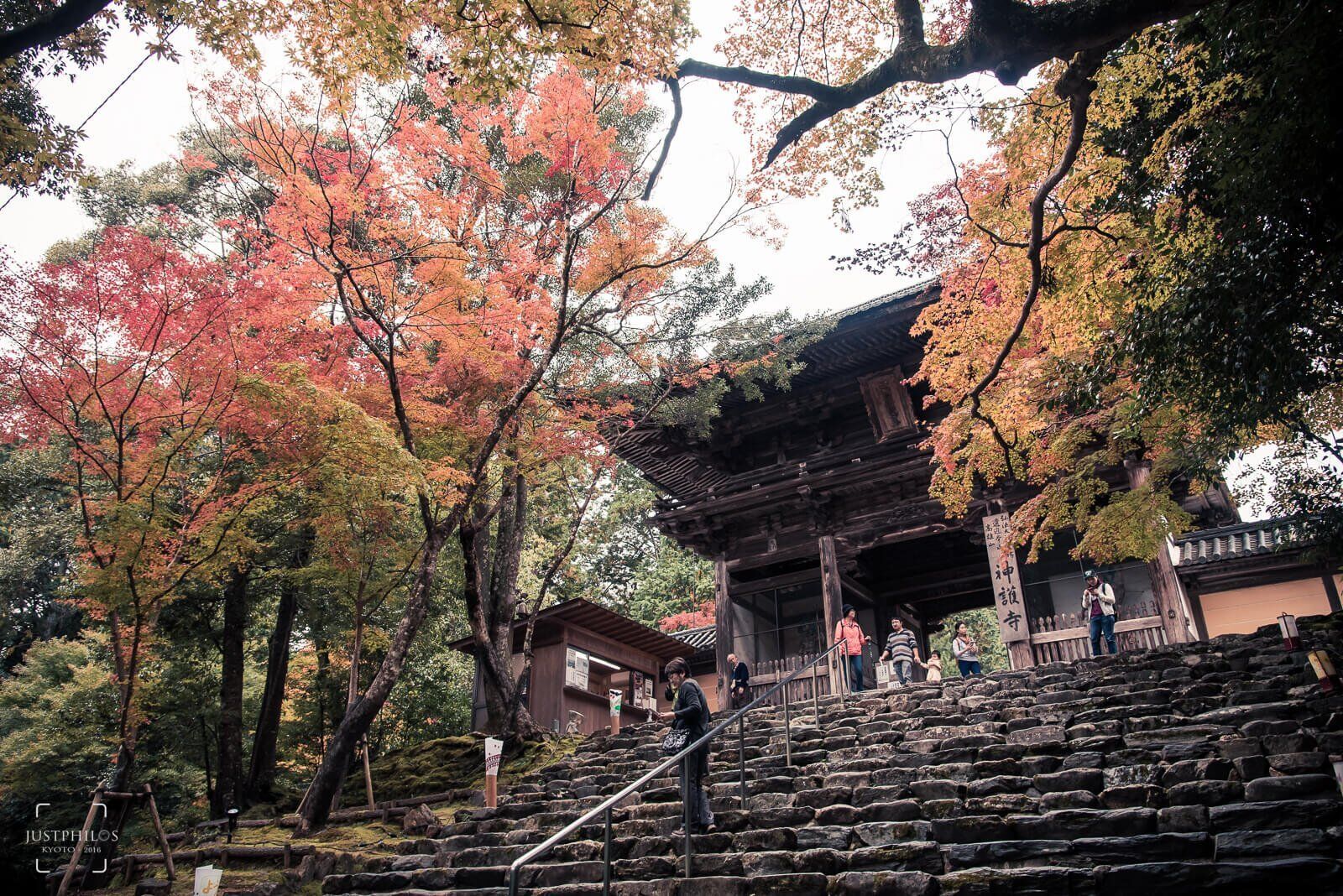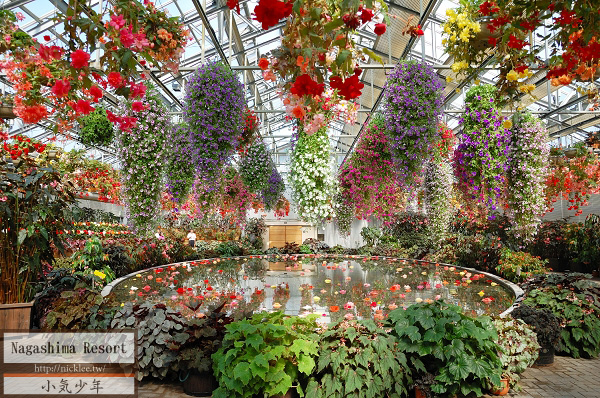Shikoku is one of Japan’s four main islands (the others being Honshu, Kyushu, and Hokkaido). It measures approximately 750 kilometers in circumference and is the smallest of the four islands.
It is located north of the Seto Inland Sea and is surrounded by Kyushu, the Sanyo region, and the Kansai region.
Shikoku is composed of four prefectures: Kagawa, Tokushima, Ehime, and Kochi. In this article, we will introduce Shikoku’s transportation system, specifically the railways.
It is through these public transportation options that we can easily explore the Shikoku region.

(JR Shikoku Limited Express Train – Uzushio (Whirlpool))
Methods of entering Shikoku
There are many ways to enter Shikoku, of course, including by land, sea, and air…
■ Air
Currently, there are direct flights from Taiwan to Takamatsu, Kagawa by China Airlines and to Matsuyama, Ehime by EVA Air.
In addition, there are occasional charter flights from other airports. Alternatively, you can transfer through domestic flights in Japan that you can fly to from Haneda or Osaka Itami Airport.
The main airports in Shikokuare: Takamatsu Airport, Matsuyama Airport, Kochi Ryoma Airport, and Tokushima Awaodori Airport.
■ Sea
You can travel to the sea from Osaka Nanko Port, Kobe Port, Hiroshima, and Kure Port.
The main ports in Shikoku are Takamatsu Port, Tokushima Port, Matsuyama Sightseeing Port, and Toyo Port.
■ Land
This can be divided into buses or railways.
★ Buses can be taken from Osaka Namba (OCAT) or Kobe Sannomiya to travel at expressway bus. They mainly reach places like Naruto and Tokushima.
★ You can take the train from Okayama Station and then transfer to a tram via the Seto-Ohashi Line to travel to various places in Shikoku.
Transportation in Shikoku – Railways
Due to the main transportation in the four counties and cities of Shikoku being connected by the railway operated by JR Shikoku, and then combined with the local railway operators in each county and city, it has become a railway route that is close to a circumferential island.
There are a total of 6 railway companies that passengers are more likely to use, namely:
JR Shikoku, ASA Seaside Railway, Kotoden, Iyo Railway, Tosa Kuroshio Railway, and Tosaden Kotsu.
■ JR Shikoku (JR Shikoku Railway)
(JR Shikoku Limited Express Train – Nanpu)

Explanation:
The railway company with the widest distribution of routes in the Shikoku region. It also has routes connecting to Honshu, making it the only railway with external connectivity.
Route:
Honshi–Bisan Line: Originally referred to as the route from Okayama Prefecture – Chayamachi to Kagawa Prefecture – Utazu, but because trains mostly operate between Takamatsu and Okayama, this section is also known as the “Seto Ohashi Line”.
Kotoku Line: From Tokushima Prefecture – Tokushima to Kagawa Prefecture – Takamatsu.
Yosan Line: From Kagawa Prefecture – Takamatsu to Ehime Prefecture – Uwajima. However, it also has two branch lines, which are also called Yosan Line. They are respectively from Mukaibara to Uchiko and from Niiya to Iyo-Ozu.
Yodo Line: From Ehime Prefecture’s Kita-Uwajima to Kochi Prefecture’s Wakai, but the train’s final destination is Uwajima. However, in reality, from Kochi Prefecture’s Kawaoku Junction to Kubokawa, this section belongs to the Tosa Kuroshio Railway.
Dosan Line: From Kochi Prefecture’s Kubokawa to Kagawa Prefecture’s Tadotsu, it spans the Shikoku region. However, the section from Kochi to Gomen belongs to the Tosa Kuroshio Railway.
Tokushima Line: From Sako in Tokushima Prefecture to Tsukuda, with the train’s final destination being Awa-Ikeda.
Mugi Line: From Tokushima in Tokushima Prefecture to Kaifu.
Naruto Line: From Naruto in Tokushima Prefecture to Ikenotani.
Uchiko Line: From Uchiko in Ehime Prefecture to Niiya.

■ ASA Seaside Railway

(Photo taken from Wikipedia)
Explanation: Private railways are often discussed as one of the railways that should be abolished.
Route:
Originally, there was only the Asato Line, a railway line that ran from Awa-Kainan Station in Tokushima Prefecture to Kannoura Station in Kochi Prefecture, totaling four stations (including the starting and ending stations) and spanning approximately 10 kilometers. The entire line is elevated.
However, now there is the DMV (dual-mode vehicle, which has the appearance of a bus but can travel on both regular roads and railways), which has extended the route.
In the diagram below, the dotted line represents the railway, while the solid line represents the regular road.
When on the railway route, it operates as a train, and when on the regular road, it transforms into a bus.
For information about DVM, you can refer to the video on Youtube: click here for the link.

Transfer:
At the Awa-Kainan Station, transfer to the Mugi Line of JR Shikoku. At “Sea Station Toromu” you can transfer to the “Kochi Toubu Koutsu” bus to Nahari Station and then transfer to the Tosa Kuroshio Railway.
■ Takamatsu-Kotohira Electric Railroad

Explanation: Private railway, abbreviated as Kotoden, is one of the important railways in Kagawa Prefecture.
Route: There are three routes, all within Kagawa Prefecture; namely: the Kotohira Line, the Nagao Line, and the Shido Line.
The Kotohira Line runs from Takamatsu-Chikko to Kotoden-Kotohira. Among them, the section from Takamatsu-Chikko to Kawaramachi is also known as the “Meitetsu Chikko Line”.
The Nagao Line runs from Kawaramachi to Nagao, and the Shido Line runs from Kawaramachi to Kotoden-Shido.
Transfer: Takamatsu-Chikko can be transferred to Takamatsu (JR Yosan Line), and Kotoden-Kotohira can be transferred to Kotohira (JR Dosan Line).
Route Map:

(This map is taken from the Takamatsu-Kotohira Electric Railroad)
■ Iyo Railway

Explanation: The main transportation options in Matsuyama City, Ehime Prefecture, are divided into two systems: the conventional railway (suburban lines) and the tram (inner-city lines).
Transfer: Transfer at JR Matsuyama Station to JR Matsuyama (JR Yosan Line).
Route: Currently, there are three suburban lines, namely the Takahama Line, the Gunchu Line, and the Yokogawara Line.
Among them, the Takahama Line can take you to Matsuyama Sightseeing Port (bus transfer required), and the Gunchu Line can take you to Gunchu Port.

■ Tosa Kuroshio Railway (土佐くろしお鉄道)

(Photo taken from Wikipedia)
Explanation: Private railways are the main mode of transportation in Kochi Prefecture.
Route:
The Tosa Kuroshio Railway currently has two routes, namely the Nakamura-Sukumo Line and the Gomen-Nahari Line. These two routes do not connect with each other.
The Nakamura-Sukumo Line is actually a combination of the Nakamura Line (Kubokawa~Nakamura) and the Sukumo Line (Nakamura~Sukumo), operating on the left side of Kochi Prefecture.
The Gomen-Nahari Line (ごめん.なはり線) refers to the route from Gomen to Nahari, operating on the right side of Kochi Prefecture.
Nakamura-Sukumo Line Route Map

Gomen-Nahari Line Route Map

Transfer:
1. The Nakamura-Sukumo Line can be transferred at Kubokawa to the JR Dosan Line, or it can go directly to Takamatsu and Okayama.
2. The Gomen-Nahari Line can be transferred at Gomen to the JR Dosan Line, or it can go directly to Kochi.
3. The Noichi Station on the Gomen-Nahari Line is the closest station to Kochi Ryoma Airport.
■ Tosaden Kotsu

(Photo obtained from Wikipedia)
Explanation: The private railway, formed on October 1, 2014, is a merger of the Tosa Electric Railway, Kochiken Kotsu, and Tosaden Dream Service (a bus company affiliated with Tosa Electric Railway).
It is one of the important transportation tools in Kochi Prefecture. This paragraph only explains the tram.
Route: There are a total of 3 lines, namely Ino Line, Gomen Line, and Sanbashi Line, forming a cross shape.
Ino Line: Harimayabashi ~ Ino
Gomen Line: Gomen-machi ~ Harimayabashi
Sanbashi Line: Kochi-Ekimae ~ Sanbashi-dori-gochome
Transfer: 1. You can transfer at stations such as Kochi-Ekimae Station, Asakura-ekimae Station, and Edagawa Station along the JR Dosan Line.
2. You can transfer at Gomen-machi to the Tosa Kuroshio Railway.
Route Map:

Above is an overview of railway transportation in Shikoku. The content is based on information from Wikipedia and further verified through Google searches. If there are any errors, please let me know.
『Original Source:https://nicklee.tw/1197/』





